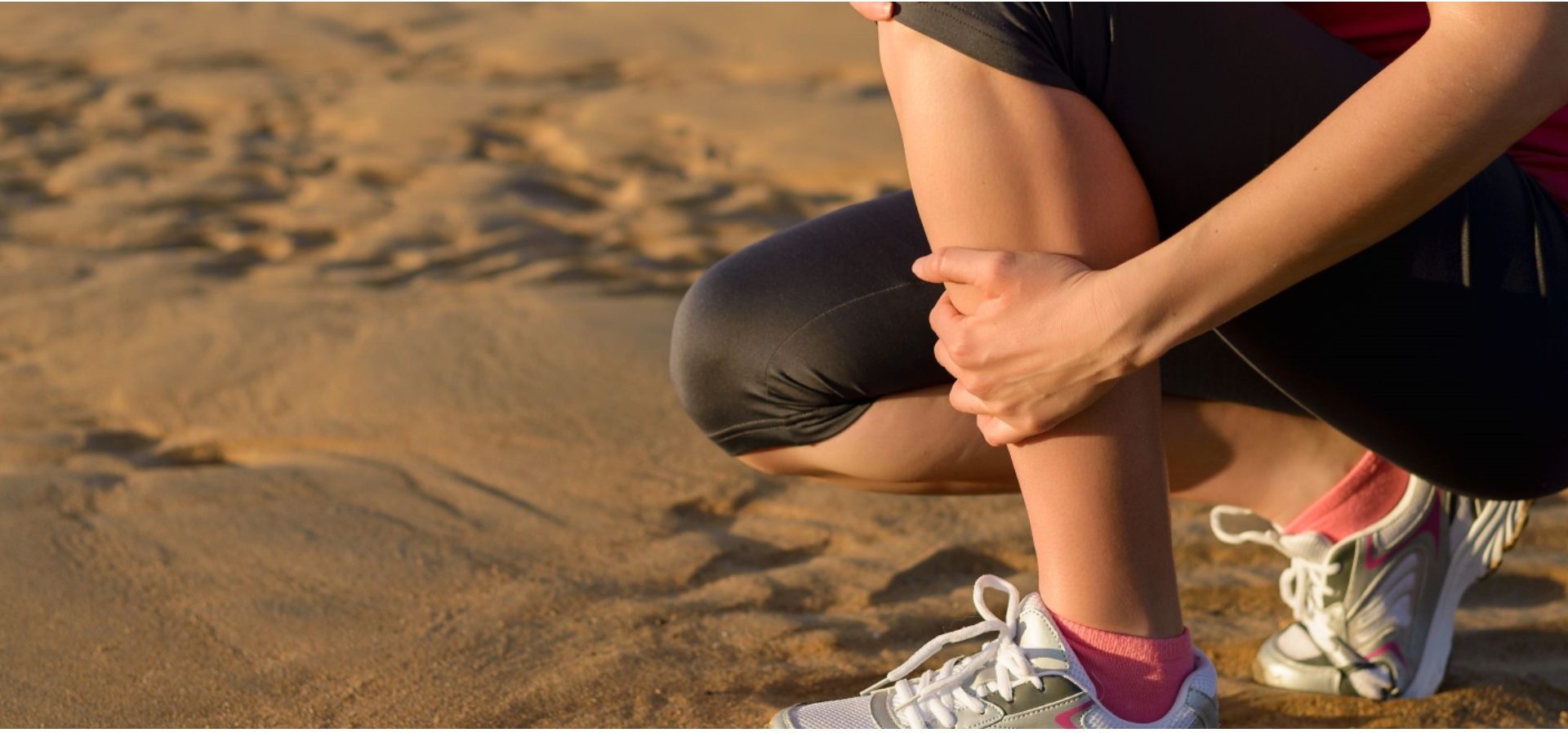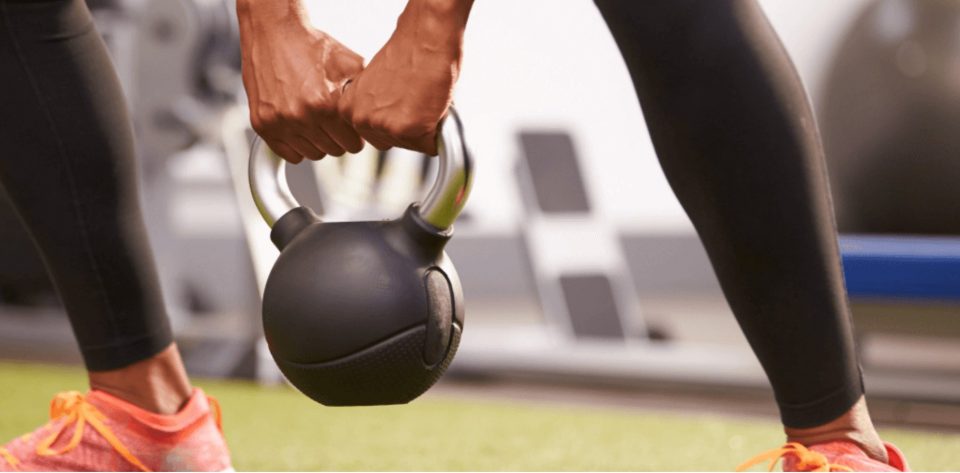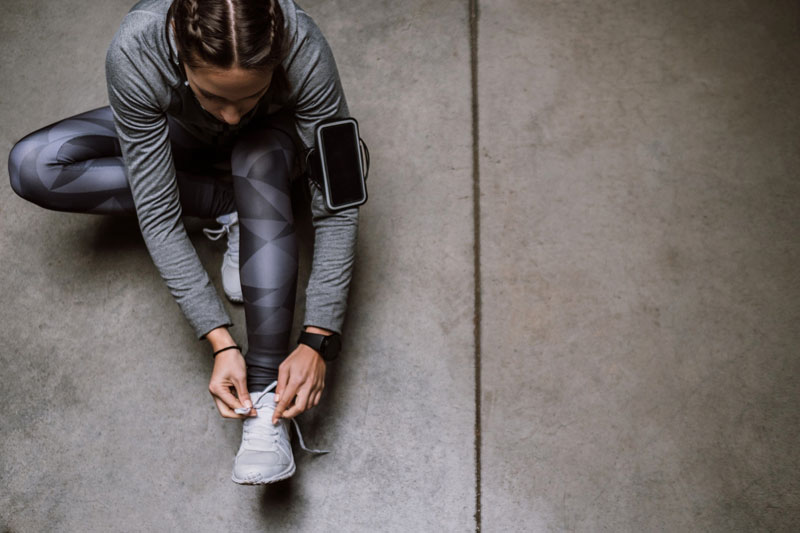STRESSED OUT SHINS
It’s not fair, there you are, finally starting your new fitness program, or perhaps advancing your current one, you’ve been giving it all you’ve got in the gym, and then going for additional runs as well, you’re well and truly working hard, and you’ve been thinking it’s only onwards and upwards from here with plans to increase the duration and intensity of your workouts, but all of a sudden, your shins are screaming that you must stop running for the bus at once and try crawling instead. What’s up?!
Sounds like you may have shin splints. They’re a bit of a pain (literally), but you needn’t be too alarmed as they are an easily treatable fitness related injury and extraordinarily common. In fact, you’d be hard pressed to find me a runner who hasn’t dealt with a case of the shin splints at least once in his or her life!
The cause of shin splints is simply inflammation from repetitive stress placed upon your shinbone and the connective tissues that attach muscles to your bones. Shin splints most often develop after changes in your physical activity regime, such as an increase in the number of days you exercise each week, running longer distances or uphill, and adding higher impact/intensity exercises to your routines. Not warming up and cooling down properly prior to and post your workout, having flat feet and/or wearing improper footwear – for instance shoes that don’t fit properly or support your feet poorly – are all good reasons for why you may have shin splints. You may also need to pay more attention to strengthening your core, hips and ankles once you are fully healed as these muscle weaknesses can make you more prone to developing shin splints.
When you have shin splints the pain you experience may be short and sharp or dull and throbbing, and if you attempt to tense your shin bone by lifting your foot up at the ankle and flexing your foot, you’ll most likely find it incredibly sore.
The good news is that most cases of shin splints heal on their own with sufficient rest and ice to the shin, and can be helped along by the use of shoe inserts, daily stretching, and potentially over the counter anti-inflammatory medications such as ibuprofen (however shin splints may take up to 3-6 months to heal and you should never take drugs for extended periods of time – use according to package instructions).
3-6 months?!
Don’t worry – whilst your shin splints heal simply switch to low impact exercise such as swimming and cycling to remain active. Most importantly, don’t rush your healing process, you should be pain free for two weeks or more before commencing your normal exercise program, working out with shin splints will only set you back further as they will take longer to heal or potentially cause you permanent damage.
One last thing to note is that even if you are sure you have shin splints, your symptoms could be from a far more serious issue such as a stress fracture or tendinitis, so
make sure to go for a physical examination from your doctor to rule out any other conditions that may be causing your discomfort.







